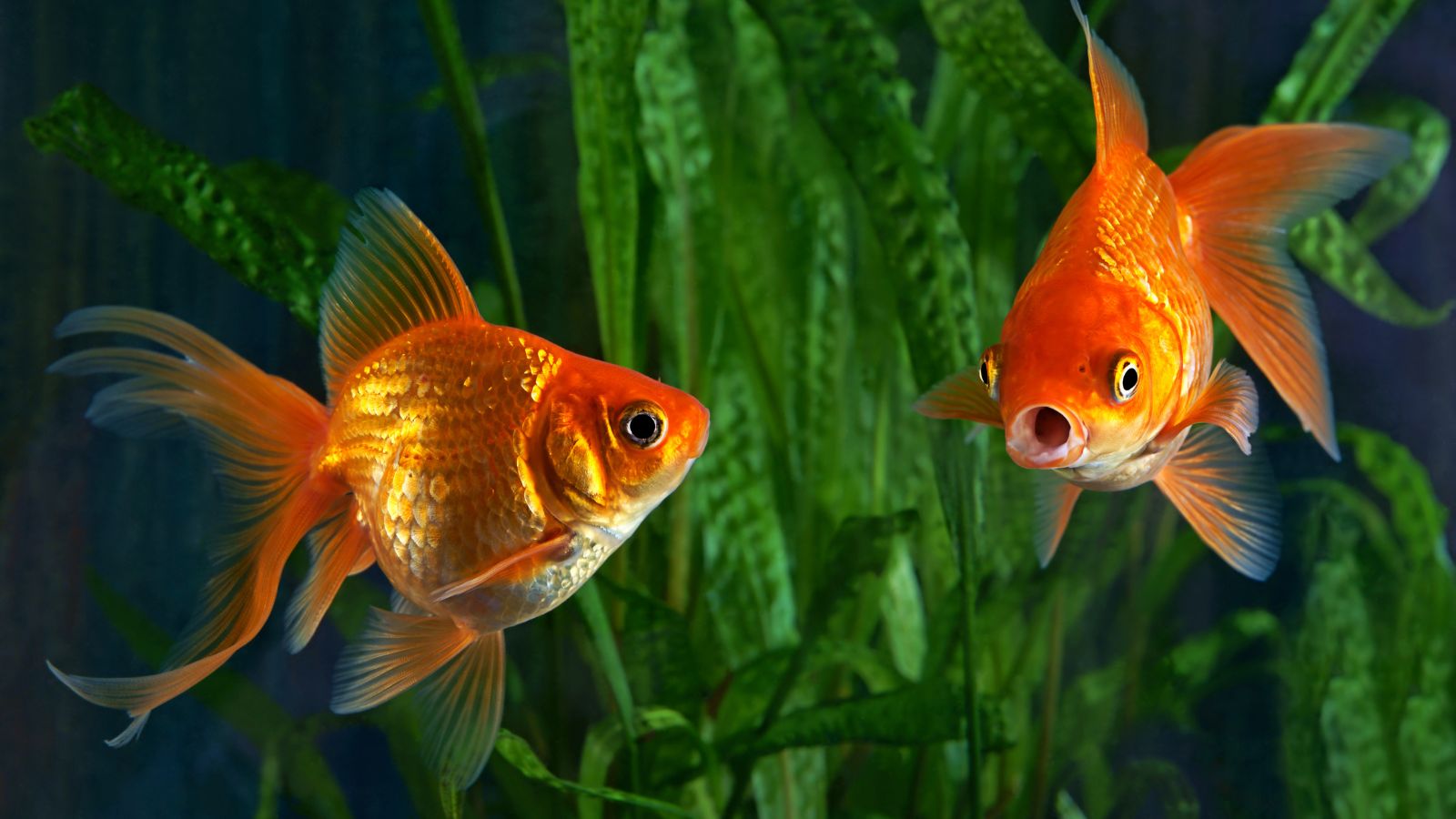Education lays the foundation for our understanding of the world, but sometimes the lessons we learn in school are later proven inaccurate. Advancements in science and shifts in historical perspectives have corrected many misconceptions, and here are some things we learn in school but need to stop believing.
Pluto Is a Planet

For years, Pluto was considered the ninth planet of our solar system. In 2006, however, the International Astronomical Union reclassified it as a dwarf planet, and this was a change that came after new definitions of what constitutes a planet were coined.
The Tongue Has Specific Taste Zones

Many of us learnt that different parts of the tongue detect specific tastes like sweet, salty, sour, and bitter. Modern research has debunked this myth, showing that all taste sensations can be detected across the entire tongue. Taste buds are distributed throughout, and every part of your tongue has a full range of taste perception.
Humans Have Only Five Senses

The classic five senses—sight, hearing, taste, smell, and touch—are just the beginning. Scientists now recognise additional senses like balance (vestibular sense), temperature (thermoception), and body position (proprioception). This expanded understanding illustrates the complexity of human perception beyond the things we can immediately perceive.
Chameleons Change Colour to Match Their Surroundings

It’s also very commonly believed that chameleons change colour solely for camouflage. In reality, this is only a secondary reason, and they change colour primarily for communication and temperature regulation. Colour changes can indicate a chameleon’s mood, territorial signals, or readiness to mate.
Blood Is Blue Inside the Body

A widespread myth suggests that blood is blue until it contacts oxygen when, in truth, human blood is always red due to the iron in haemoglobin. Veins appear blue through the skin because of the way light penetrates and reflects off our skin and tissues, not because of the blood’s colour.
Humans Only Use 10% of Their Brain

There’s also the idea that we use just 10% of our brain capacity, which we now understand is a myth. Neurological research shows that we use virtually every part of the brain, and most of it is active almost all the time. A misconception like this sadly undermines the brain’s true complexity and functionality.
Mount Everest Is the Tallest Mountain

While Mount Everest has the highest altitude above sea level, Mauna Kea in Hawaii is taller when measured from its base beneath the ocean. Mauna Kea’s total height exceeds Everest’s by as much as 1.4 killometers when considering its underwater base.
Bats Are Blind

Unlike you’ve always believed, the saying “blind as a bat” is misleading, as bats actually have good vision, especially at night. Yes, they rely heavily on echolocation to navigate and hunt in the dark, but their eyesight complements this ability. That they’re bling is a myth that sadly overlooks the remarkable sensory adaptations bats possess.
Lightning Never Strikes the Same Place Twice

In reality, lightning can and often does strike the same place multiple times, especially tall, isolated objects like skyscrapers or trees. For instance, the Empire State Building in the U.S. is struck an average of 25 times a year, and this clearly debunks the myth.
Cracking Knuckles Causes Arthritis

Many were also warned that cracking knuckles leads to arthritis. Well, medical studies have found no direct link between the habit and the development of arthritis. While excessive cracking might cause other issues like reduced grip strength, you can rest assured that it doesn’t increase arthritis risk.
Goldfish Have a Three-Second Memory

Goldfish are often thought to have extremely short memories, but research actually shows they can remember information for months. They can be trained to respond to various stimuli and, like other fish, are able to complete complicated navigational challenges.
Einstein Failed Math at School

The story that Albert Einstein failed mathematics in school, no matter how motivating it may sound, is sadly false. Records show he was proficient in math from a young age, and this myth, seen since as far back as 1935, only arose to inspire struggling students.
The Great Wall of China Is Visible from Space

Contrary to popular belief, the Great Wall of China is not easily visible to the naked eye from space, especially from the moon. Its colour and materials blend with the surrounding terrain, and astronauts have reported that it’s challenging to see without aid.
Vikings Wore Horned Helmets

Popular images depict Vikings wearing horned helmets, but there’s no historical evidence to support this. Archaeological findings suggest they wore simple, practical skullcaps without horns to protect their heads, and the horned helmet image only emerged in the 19th century when infatuation about them started.
Alcohol Kills Brain Cells

Moderate alcohol consumption doesn’t harm the brain. And while excessive drinking can damage the connections between neurones and have other harmful effects, it doesn’t destroy the cells themselves. Understanding the real impact of alcohol helps in promoting responsible consumption rather than perpetuating unnecessary myths.
Water Drains in Different Directions Depending on Hemisphere

Some were taught that water drains clockwise or counter-clockwise depending on the hemisphere due to the Coriolis effect. In reality, the Coriolis effect doesn’t influence small bodies of water like sinks or toilets. As simple as it may sound, drainage direction is only determined by the shape of the basin and water movement.
Hair and Fingernails Continue Growing After Death

The appearance of growing hair and nails after death is an illusion. What actually happens is that the skin dehydrates and retracts, making nails and hair more prominent. It’s understandable how this post-mortem change led to such misconceptions, but biologically, growth requires metabolic processes that cease at death.

